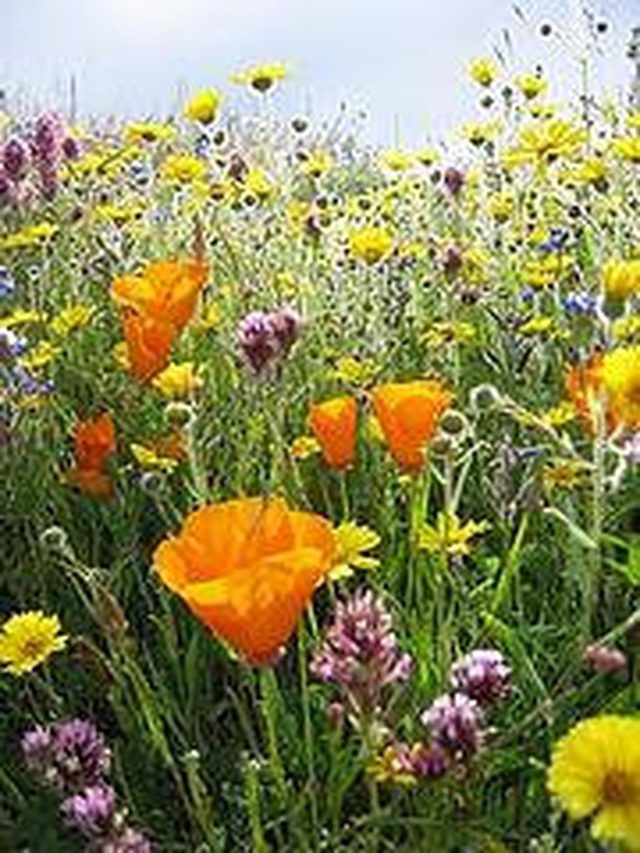Bulbs
Flower Basics
Flower Beds & Specialty Gardens
Flower Garden
Garden Furniture
Garden Gnomes
Garden Seeds
Garden Sheds
Garden Statues
Garden Tools & Supplies
Gardening Basics
Green & Organic
Groundcovers & Vines
Growing Annuals
Growing Basil
Growing Beans
Growing Berries
Growing Blueberries
Growing Cactus
Growing Corn
Growing Cotton
Growing Edibles
Growing Flowers
Growing Garlic
Growing Grapes
Growing Grass
Growing Herbs
Growing Jasmine
Growing Mint
Growing Mushrooms
Orchids
Growing Peanuts
Growing Perennials
Growing Plants
Growing Rosemary
Growing Roses
Growing Strawberries
Growing Sunflowers
Growing Thyme
Growing Tomatoes
Growing Tulips
Growing Vegetables
Herb Basics
Herb Garden
Indoor Growing
Landscaping Basics
Landscaping Patios
Landscaping Plants
Landscaping Shrubs
Landscaping Trees
Landscaping Walks & Pathways
Lawn Basics
Lawn Maintenance
Lawn Mowers
Lawn Ornaments
Lawn Planting
Lawn Tools
Outdoor Growing
Overall Landscape Planning
Pests, Weeds & Problems
Plant Basics
Rock Garden
Rose Garden
Shrubs
Soil
Specialty Gardens
Trees
Vegetable Garden
Yard Maintenance
How to Plant Wildflower Seeds
How to Plant Wildflower Seeds. Some people prefer a well organized, neat landscape, while others enjoy the look of nature. A natural landscape is lovely to behold, but when you are talking about your home garden, it may need a bit of enhancement to achieve the look of nature. Planting wildflower seeds is an easy way to achieve this and it's not...

Some people prefer a well organized, neat landscape, while others enjoy the look of nature. A natural landscape is lovely to behold, but when you are talking about your home garden, it may need a bit of enhancement to achieve the look of nature. Planting wildflower seeds is an easy way to achieve this and it's not difficult if you follow some preplanned steps.
Things You'll Need
Wildflower seeds
Gardener's sand
Garden tools
Choose the wildflower seeds. For a real nature-scape, consider a regional mix with seeds that will grow best in your area (see resources below). You may choose, however, to plant a garden full of a single wildflower, such as African daisies, black-eyed Susans or golden yarrow. A single species of wildflower can make a dramatic show.You may choose to include some native grasses in with your wildflower seeds.
Decide when to plant your wildflower seeds. Your decision will depend on the climate in your location. In very warm areas, such as Florida, California and some of the southern states, plant anytime except when it is very hot (summer). For those areas that experience frost, plant in the spring or fall. If your location has mild summers, planting can be done then, as well.
Prepare the soil. Wildflowers are sturdy and grow in most any soil, naturally, on hillsides, in meadows and in sidewalk cracks. They aren't picky about soil, although they do love sunshine. Dig up the area, loosen the soil and then rake it evenly.
Choose a day with little or no wind to plant your wildflower seeds or you may be planting your neighbor's yard. Divide your seeds in half. In a container, mix half the seeds with gardener's sand (from the nursery or garden center) Scatter the seed mixture, by hand, over the area. Repeat the process with the second half of wild flower seeds. The double seeding improves the chances of not leaving any bare spots.
Use a lawn roller or walk evenly over the seeded area to compress the seeds into the soil. This seed/soil contact is key to wildflower seed germination.
Tips & Warnings
Fall wildflower seed planting will give you an earlier blooming period than spring planting.
Keep the soil, where wildflower seeds have been plated, moist during germination, but avoid overwatering after germination.